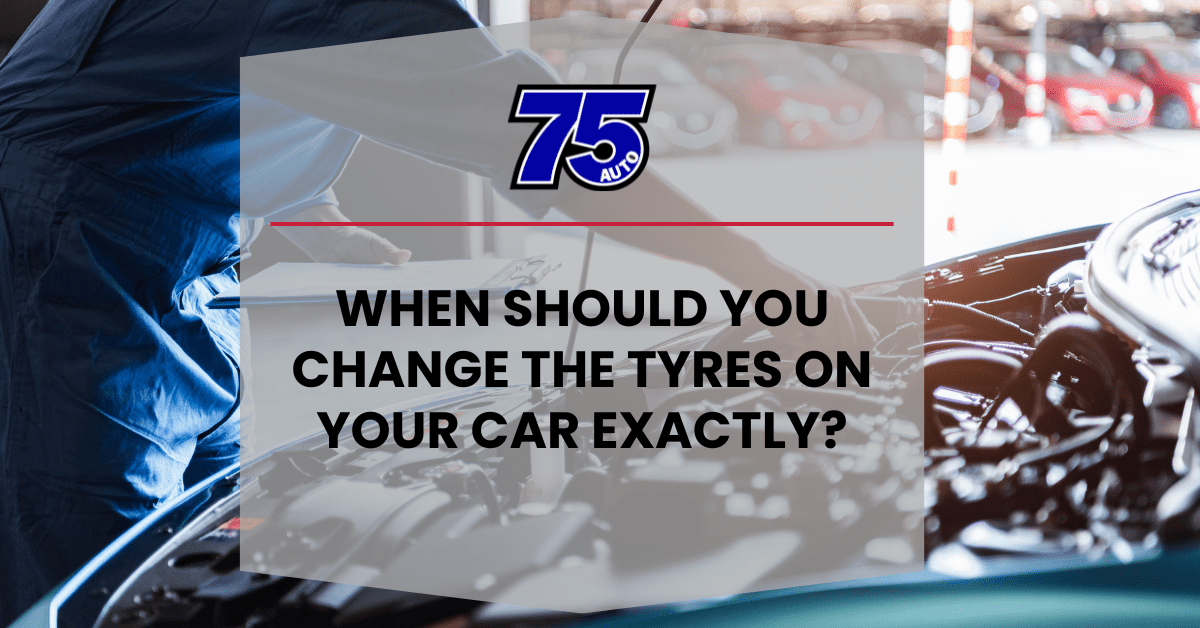Tyre Ageing: Some Things You Should Know
- You must replace tyres when the tread depth falls below 1.6 mm. This is the legal limit. The best way to drive safely in wet or snowy conditions is with a tyre with ample tread depth, a well-designed pattern, and a compound that provides superior traction.
- When it rains, your tyres lose their tread. They become unsafe and should be replaced in good time. If you drive in the rain with worn-out tires, you are more likely to skid on wet roads. You endanger yourself and others. Therefore, check your tyres regularly and replace your old ones before they reach the minimum recommended tread depth.
- All tyres (even the ones in the trunk) that are more than ten years old must be removed from service and replaced with newer tyres.
- Tyres are designed to last a certain amount of time. However, they can fail to meet the expected lifespan due to various factors. For example, if you drive aggressively or frequently, if your tyres have worn treads, or live in an area with poor road conditions. Although there is no exact formula for determining when it is time to replace tyres, plenty of good guidelines and strategies can help you make the best decision.
Ways Of Taking Care Of Your Tyres To Extend Their Life
One of the best ways to prolong the life of your tires is to maintain them properly. If you want to avoid buying new tires prematurely, you should consider these tips:
- Regularly checking tyre pressure;
- Rotating the front and rear tyres evenly. (left and right depending on tread pattern);
- Maintaining proper wheel and axle alignment;
- Checking treadwear (1.6 mm is the legal limit);
- Inspecting tires for visible wear or damage;
- Paying attention to ride quality while driving.




